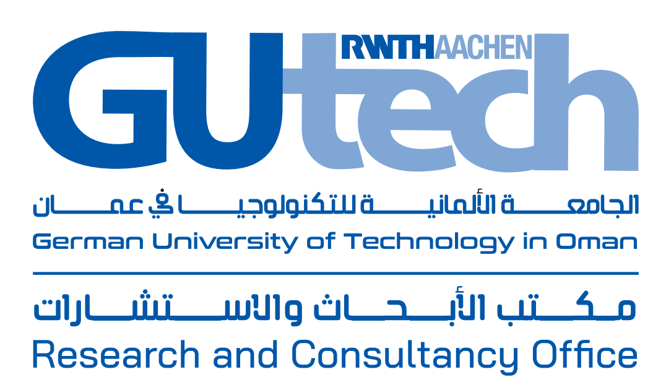Minimize & mitigate bio growth in the closed cooling water systems


Dr. Yasmine Souissi
(Principal Investigator)
Dr. Yasmine Souissi
(Principal Investigator)

Eng. Mohamed Al Salmi
(Co-Principal Investigator)
Eng. Mohamed Al Salmi
(Co-Principal Investigator)
- Home
- /
- Research and Consultancy Office
- /
- Research projects
- /
- EJAAD
- /
- Minimize & mitigate bio...
Sector : Water
Industrial Challenge (2023 – 2024)
Minimize & mitigate bio growth in the closed cooling water systems
Project Summary
Biofilm growth in cooling water systems is becoming a major concern in industrial settings. Different types of closed circuits used in industry including Tempered Cooling Water (TCW) loops could seriously be impacted by biofouling phenomenon engendering negative drawbacks in term of operation of the processes and maintenance of the equipments. Microbial biofilms are also of major concern as they are usually resistant to conventional biocide treatment and cleaning procedures. The formation of biofilm engender a reduction of conductive heat transfer as well as hydraulic systems clogging associated to energy losses and possible production cutbacks and shutdowns (Di Pippo et al., 2018). Moreover, the equipment shut down is necessary for maintenance activities execution to avoid increased fouling layers resulting into unexpected consequences on humans and infrastructure of a plant (Elwerfalli et al., 2021).
The environment and conditions within the cooling systems in term of nutrients availability, temperatures, pH and continuous aeration are in favor of microorganisms growth. Biofouling consist of the colonization of the surfaces in contact with water by ubiquitous microorganisms that will be able to excrete a slimy material known as biofilm (Coetser & Cloete, 2005). Consequently, microbial induced corrosion (MIC) could also take place and cause the deterioration of materials. MIC refers to the microorganisms impact on the corrosion processes kinetics of metals and non metallic materials. Once attached to the internal surface of the pipes, due to the presence of nutrients and organic matter, concentrated by evaporation, the bacteria grow and form colonies evolving into biofilm that will secret a water retaining matrix known as exopolysaccharides. Exopolymeric substances (EPS) produced by the microorganisms will help them to attach to solids giving the main slime component and forming biofilms at the solid–liquid interface(Telegdi et al., 2017).
In the present proposal, we are developing an innovative methodology that will enable not only to reduce and/or eliminate the bacterial growth but also to get rid of the corrosion induced phenomenon. The adopted strategy is based on a combined approach of bacterial removal and surface treatment to prevent biofilm adhesion. Using this alternative, the frequency of chemical dozing could be minimized.
Research Team Members
Oman LNG research team members
Eng. Sourav Bairagi
Eng. Ahmed Al Mukhaini
Eng. Mahmood Al Busaidi
Eng. Nasser Al Wardi
Research Assistants
MSc. Aisha Al Busaidi
BSc. Said Mubarak Saif Al Shibli
Research and Teaching Assistant
Eng. MBA., Khadija Al Balushi
PhD Student
Ms. Yosra Amara
.png)






